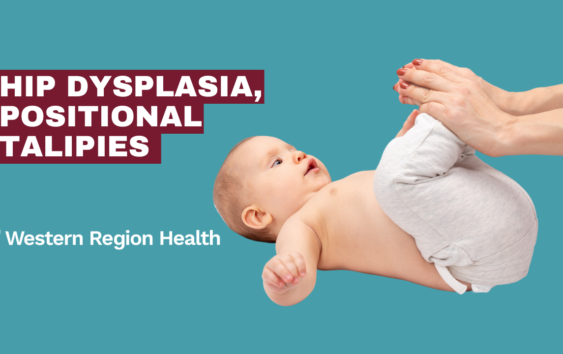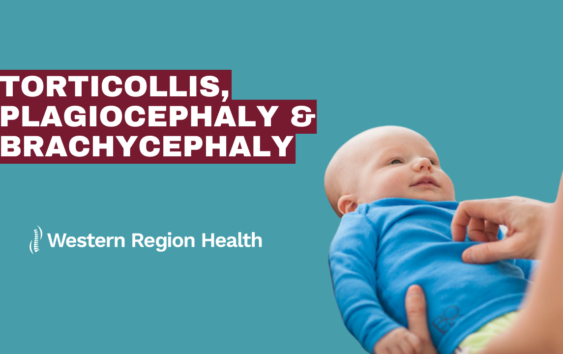General | September 15, 2023
Bump Your Pain Away- How Physiotherapy Can Help Manage Osgood-Schlatter Disease In Youth
Avram Baldoria-PHYSIOTHERAPIST-Bachelor of Science in Physical Therapy
Osgood-Schlatter Disease, a common knee condition among youth, can be a painful obstacle in their active lives. If you or your child is grappling with this condition, you’re not alone. The good news is that physiotherapy can play a pivotal role in managing and alleviating the symptoms of Osgood-Schlatter Disease. In this blog, we will delve into how physiotherapy can be a helpful tool in the treatment of this condition.
Understanding Osgood-Schlatter Disease
Osgood-Schlatter Disease is characterized by a painful bump and swelling just below the kneecap, where the patellar tendon attaches to the shinbone. It primarily affects adolescents during their growth spurts. The condition can be attributed to overuse or repetitive stress on the developing bones and tendons in the knee.
How Physiotherapy Helps
- Pain Management: Physiotherapy employs various techniques to reduce pain and inflammation in the affected area. Hands-on techniques like soft tissue mobilization and myofascial release can release muscle tension and reduce pain (Vicenzino et al., 2015).
- Strengthening Exercises: Physiotherapists design customised exercise programs to strengthen the muscles around the knee joint. Strengthening the quadriceps and hamstring muscles can help stabilize the knee and reduce stress on the patellar tendon (Ferretti et al., 2002).
- Biomechanical Assessment: A crucial aspect of physiotherapy is assessing the individual’s gait and movement patterns. Identifying biomechanical issues can help physiotherapists recommend appropriate footwear or orthotics to correct any abnormalities and reduce strain on the knee (Rathleff et al., 2016).
- Education and Prevention: Physiotherapists provide valuable guidance on activity modification and ergonomic techniques. Educating youth about proper warm-up, stretching, and training techniques can help prevent Osgood-Schlatter Disease from recurring (Franklyn-Miller et al., 2019).
Physiotherapy is a valuable ally in the battle against Osgood-Schlatter Disease. Through pain management, strengthening exercises, biomechanical assessment, and education, physiotherapists can help youth regain their mobility and lead active lives. If you or your child is suffering from this condition, book in for a consultation to discuss an appropriate treatment plan for you to “bump” the pain away.
References:
- Vicenzino, B., et al. (2015). Initial Changes in Patellar Tendon Response to Load Following Eccentric Exercise Protocol are Associated with Pain Reduction in Tendinopathy. The Journal of Science and Medicine in Sport, 18(2), 150-154.
- Ferretti, A., et al. (2002). Osgood-Schlatter Disease: A Radiographic Study of 1000 Knees. Journal of Pediatric Orthopedics, 22(6), 742-745.
- Rathleff, M. S., et al. (2016). Is Knee Pain During Adolescence a Self-limiting Condition? Prognosis of Patellofemoral Pain and Other Types of Knee Pain. The American Journal of Sports Medicine, 44(5), 1165-1171.
- Franklyn-Miller, A., et al. (2019). Biomechanical Assessment of Patients with Patellar Tendinopathy and the Effect of High-Volume Image-Guided Injection. The American Journal of Sports Medicine, 47(7), 1732-1739.


